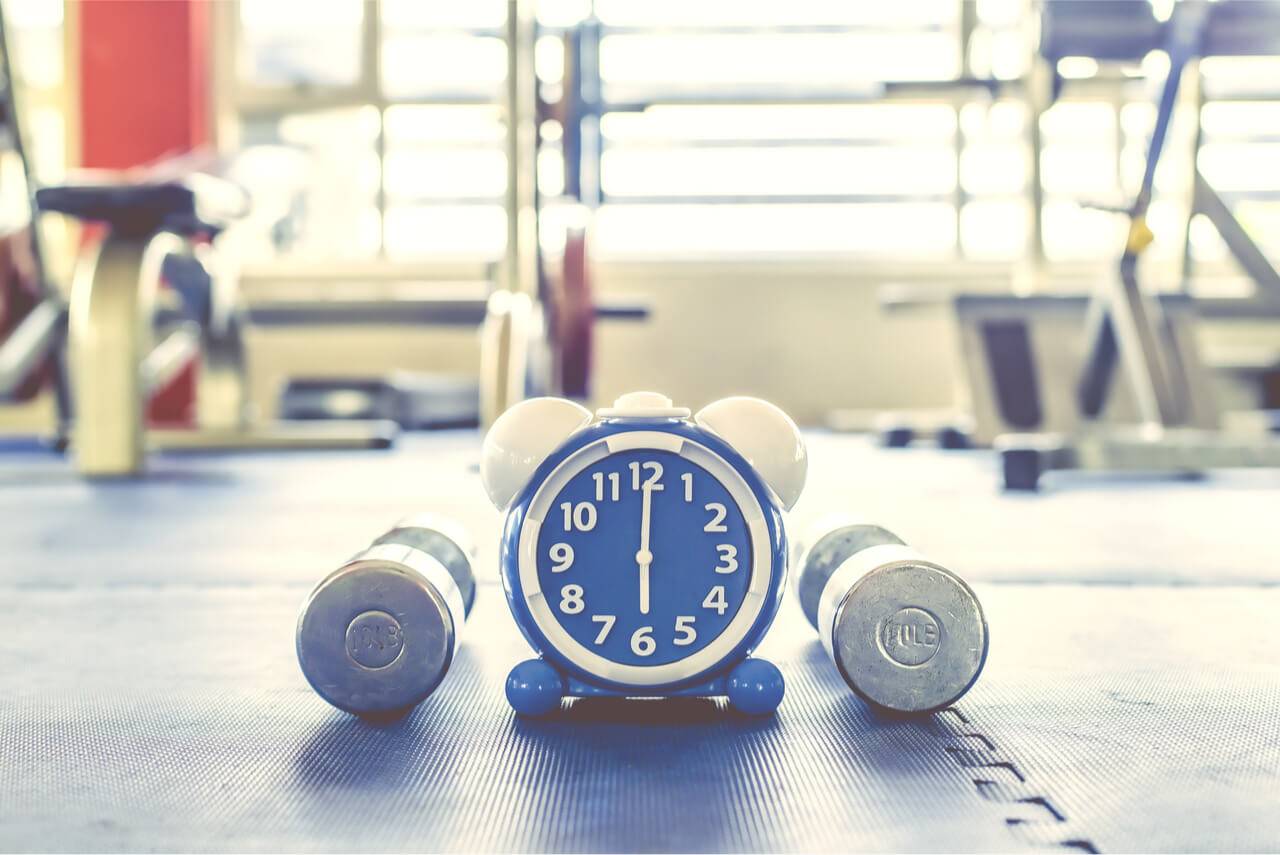
Auspicious Time for Training has been determined by scientists.
Scientists came to this conclusion. All cells in the body, they claim, are controlled by a “clock” that is responsible for their adaptation to changes in the environment and activity during the day.
“Oxygen and the internal clock create a collaborative ensemble within muscle cells, determining and synchronizing the relationship between energy production and time of day,” says senior study author Dr. Joseph Bass, specialist in endocrinology, metabolism and molecular medicine, adding: “The ability of cells to perform their critical functions will vary depending on the time of day. ” And this premise is a serious chance for athletes to optimize their training in the best possible way, that is, the most productive in terms of muscle response.
Initially, the tests were carried out on mice that were active on a treadmill at different times of the day, carrying out a genetic mutation of the circadian clock in individual muscle fibers. Thus, the scientists analyzed the functioning of genes that play an important role in exercise, and determined the importance of deregulating circadian time for the processing of fuel (such as sugar and fat) by muscle cells when oxygen levels are low. This allowed the team of scientists to conclude that the internal muscle clock is important for the mobilization of energy.

How does this mechanism work in the human body? The muscle clock controls metabolic responses by interacting with special proteins called HIFs, which control metabolism when the oxygen concentration gets too low to allow muscle cells to continue producing energy.
For example, when at rest or performing low-intensity exercise, muscles consume oxygen to produce energy. But, when the intensity of the training increases, we begin to consume oxygen faster, and therefore it ends faster. It is then that the HIFs mechanism is triggered and a signal is sent to the muscles about the need to switch from oxygen to sugar as an energy source. This allows you to tie the exercise to a specific time of day and classify the middle of the day as the most favorable for it.

